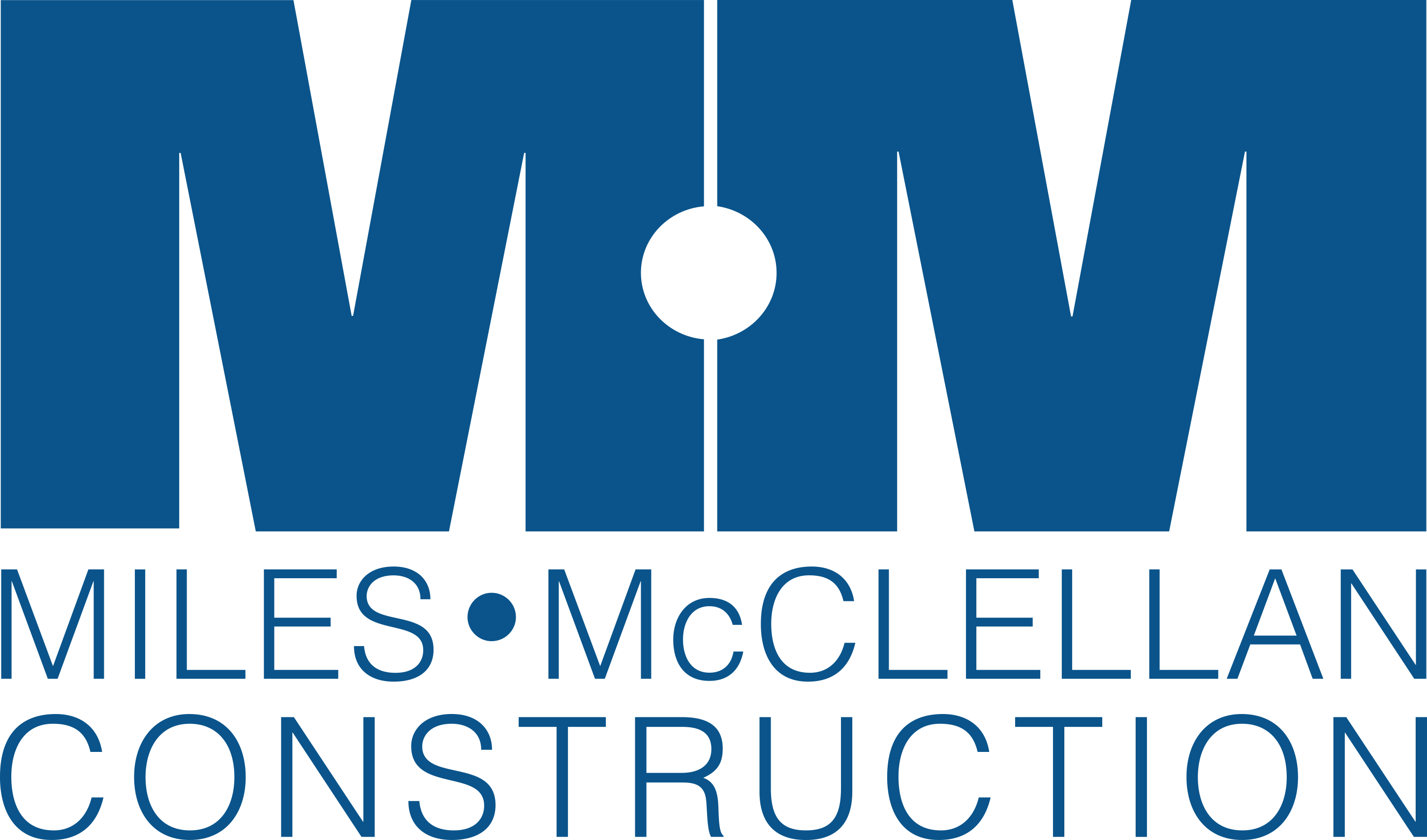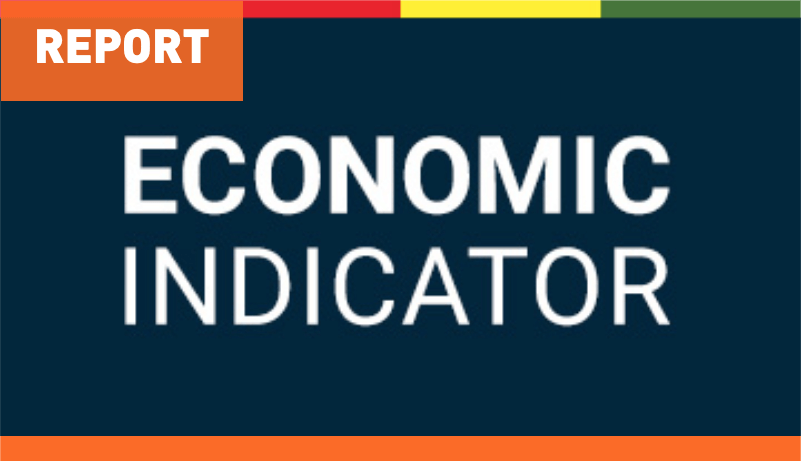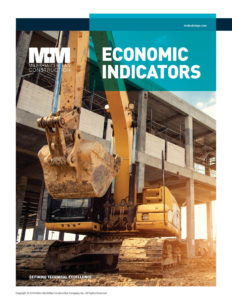Q3 2021 Economic Indicators
![]() It’s always interesting to watch the trends of construction’s big four leading economic indicators while comparing those results to our conversations with our designer and contractor peers. Overwhelmingly, the discussions focus on inflation – both in material and labor inputs. Yet, the amount of work in the system continues to expand.
It’s always interesting to watch the trends of construction’s big four leading economic indicators while comparing those results to our conversations with our designer and contractor peers. Overwhelmingly, the discussions focus on inflation – both in material and labor inputs. Yet, the amount of work in the system continues to expand.
- The AIA Billing Index rose nominally from 55.6 to 56.6, indicating that architects billed more in September than in August 2021. More importantly, backlogs of architects across the country reached a new all-time high since the AIA started collecting the data quarterly in late 2010, now averaging 6.6 months.
- One additional note worth mentioning from the AIA September survey is that the Project Inquiries Index jumped above 60 to 62.0, which tells us there are plenty of opportunities in the market to pursue.
- 17 new projects, each $100 million and greater, entered the Dodge tracking system.
- The Dodge Momentum Index jumped from 148.0 in August to 164.9 in September 2021. This is the single strongest predictor of our market over the upcoming 12 months.
- While the ABC Backlog Indicator fell nominally from 7.7 to 7.6 months, Miles-McClellan’s backlog, as well as those backlogs of our contemporaries here in Ohio and North Carolina, all remain strong.
All the signs outlined suggest that owners and developers are looking past the current pricing concerns, the continued spread of COVID-19 variants, and the political climate are moving forward with projects to meet demand.




